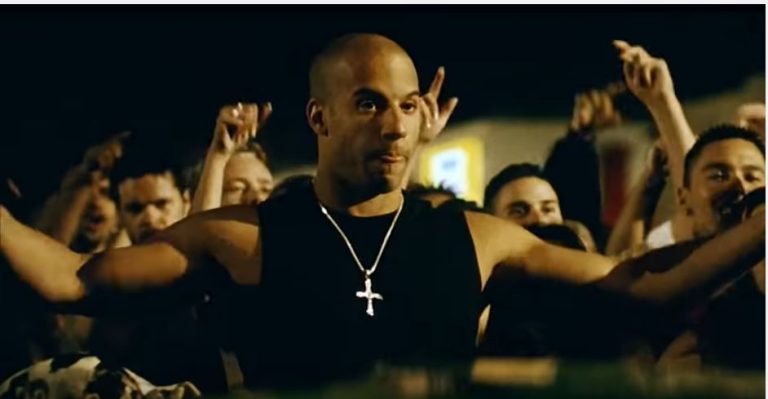

As I go on to explain later, this might not be quite as absurd as some would initially think. And unless all we’re concerned about here are cars-and this might be true for some-what really matters is the story. Therefore, it’s difficult to really compare the second and third films, which develop tangential paranarratives outside the main story, with their successors, which are themselves driving that main story. scene, the Miami scene, the Tokyo scene). Finally, because they are tracking the growth of a stable set of characters, the later films allow for a maturity the earlier ones cannot provide precisely because they’re structured as snapshots of youth ‘scenes’ (the L.A. This has granted them both more internal narrative coherence (they know where they’re going and why) and more flexibility (bigger budgets mean multiple locations, longer, more elaborate sequences, an expanded main cast, etc.). While films 2 and 3 seem conceived as ‘riffs’ on the same hypermasculine arena of street racing subculture as the original, the franchise reboot initiated by 2009’s Fast and Furious was clearly intended to develop a more significant narrative vision (I realize how ironic this is, considering the ‘original’ was a remake) and to branch out into a sprawling pattern of crime-drama hybrids with a global reach. Of course, this is far from the truth, and in many ways the more recent films seem relatively successful as stand-alone productions precisely because they grasp their own role in the larger process. But there’s something not entirely fair about this, something which assumes all the films were made under the same conditions, with the same resources, and in line with the same vision.

I found myself attempting to evaluate each of the films both as one-off creations capable of standing alone, but also as pieces in the larger linked chain we now know comprises the Fast films. Following my recent viewing of Justin Lin’s Furious 6, I inevitably found myself trying to place the new film amongst its Fast predecessors using a ranking scheme that I quickly realized was sloppy and inconsistent (for the curious, I ranked the films 4, 5, 1, 6, 2, 3).

As will become clear throughout, it is by this point nearly impossible for me to separate how my perception of the sequel has changed over time from both how I originally formed a connection with the original, also how the way we see the former seems to have shifted and evolved along with the ongoing expansion of the franchise (which is going on its 7th installment, due Summer 2014). The story of how I encountered 2 Fast 2 Furious is also, in part, the story of how I came to watch The Fast and the Furious (a story told in some detail in my June, 2011 re-view of that film for Ten Years Ago).


 0 kommentar(er)
0 kommentar(er)
